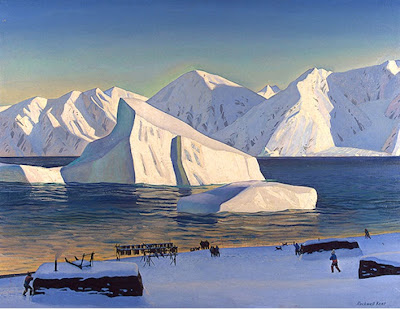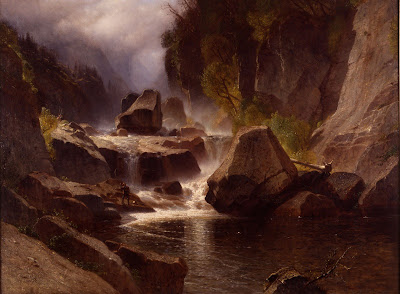Edward Hopper's Secrets About Drawing

When I was in graduate school at Indiana University I used to have a postcard of this painting pinned to my studioi wall. It's by Edward Hopper who was sort of a guiding saint to my art career even back then. It was funny as I had mixed feelings about the painting. It's titled Western Motel and it's from later in the artist's life. Even though I felt the figure seemed a little uncomfortable on that bed, there was still something that kept drawing my eye back to look at the painting. Here's a preparatory drawing Hopper made to figure out how to do the oil painting. As you can see it's really different than the final result. But one thing that hasn't changed is his commitment to using an oversized window to give the viewer a panorama of mountains in the distance. His painting became abou t that window and how it evoked a hard won balance between the interior space and the outer world (a personal theme that's always cooking away in the backgr








